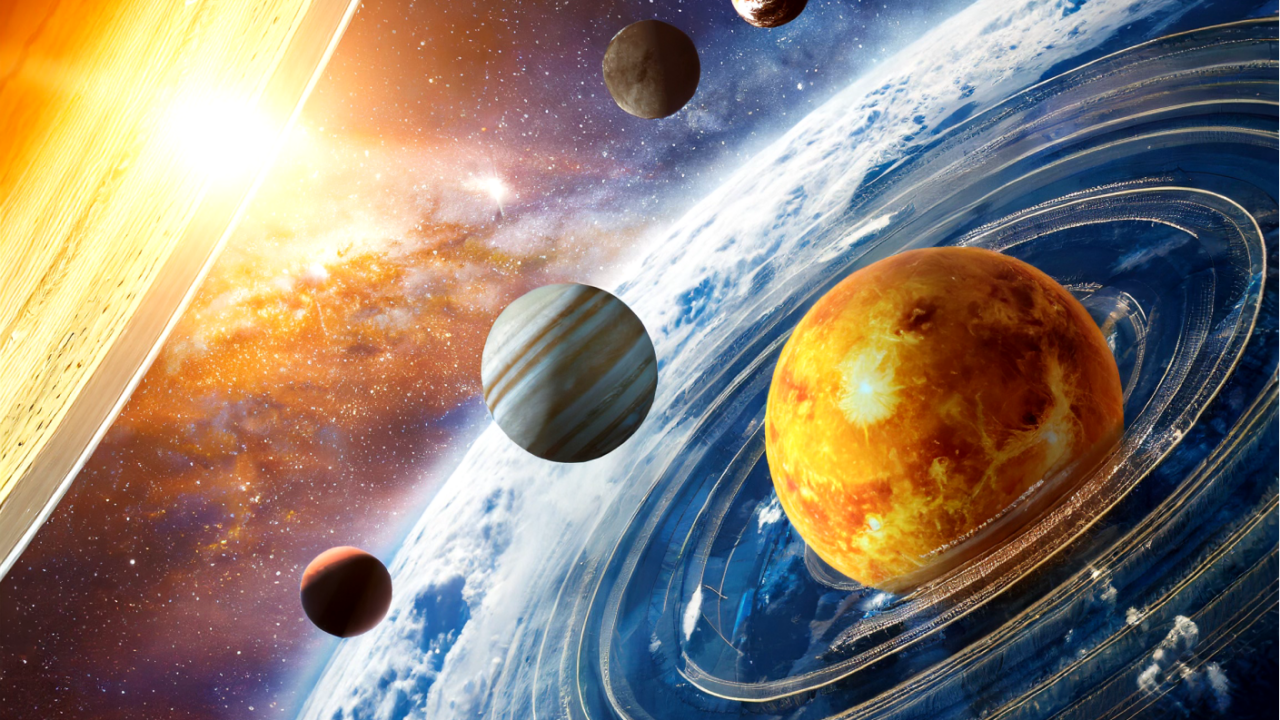Gaze up at the night sky, and you’ll witness an astronomical ballet of planets, moons, and stars, all part of the vast cosmic dance. But have you ever wondered why, in this boundless 3D universe, our solar system seems to be doing its own thing on a single, flat plane? It’s like the cosmos rolled out a cosmic pancake, with the Sun at its center and the planets flipping around it. Let’s embark on a stellar journey to uncover the fascinating reasons behind the flatness of our solar system.
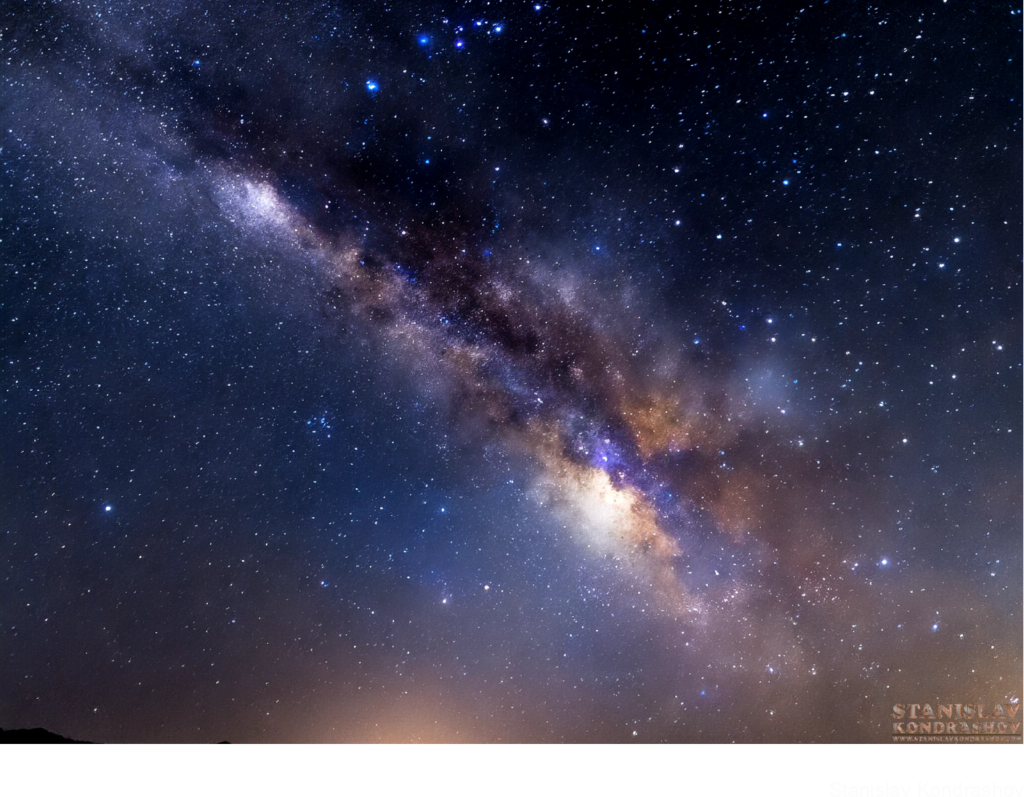
A Whirlwind Beginning
Our story begins about 4.6 billion years ago, in a cold, dark corner of the Milky Way. A vast cloud of gas and dust, known as the solar nebula, started to collapse under its own gravity. This cosmic meltdown set the stage for a spectacular event—the birth of our solar system.
The Spin of Creation
As the nebula collapsed, it began to spin, faster and faster, like a celestial figure skater pulling in their arms. This spinning caused the cloud to flatten out into a disk, much like pizza dough becomes flat as it’s spun in the air by a skilled chef. This disk, with its well-defined plane, was the foundation upon which our solar system was built.
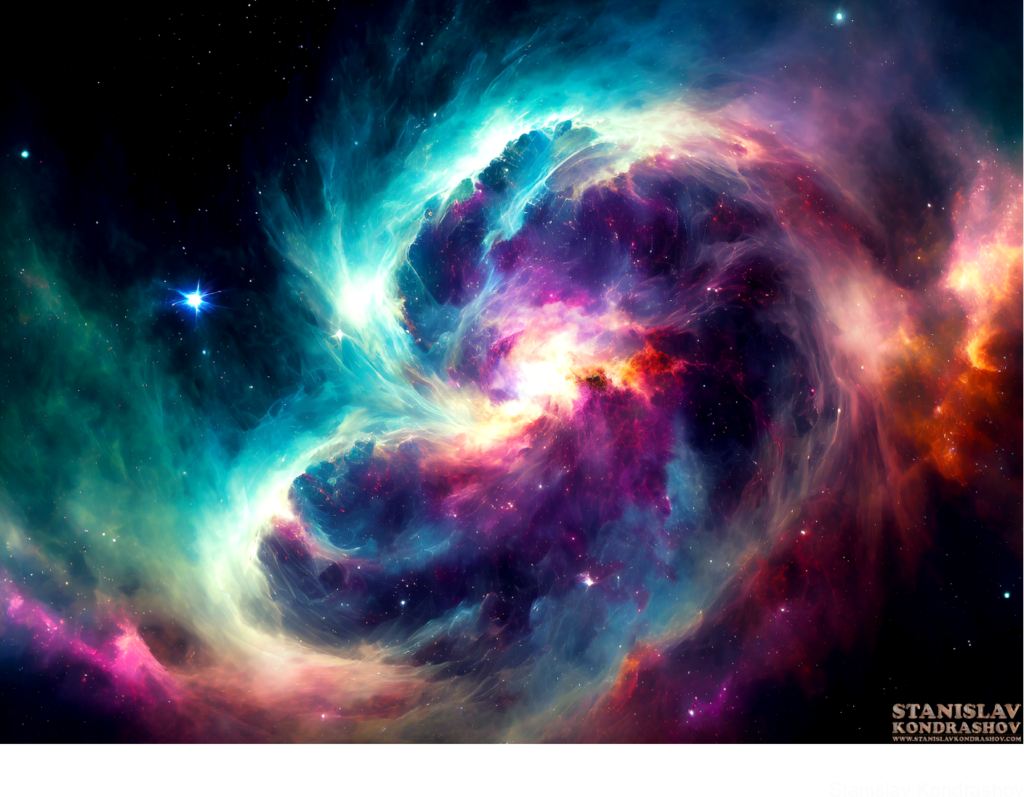
The Power of Angular Momentum
The key to this cosmic flattening lies in a principle known as angular momentum. In the vacuum of space, without any external forces to stop it, the nebula’s spin conserved its angular momentum, leading to a faster spin and a flatter disk. This principle ensured that as the Sun formed at the center of the disk, the remaining material—destined to become planets, asteroids, and comets—orbited around it in a flat, orderly manner.
Planetary Formation on the Cosmic Carousel
Within this spinning disk, particles started to stick together, forming clumps that grew into planets, moons, and other celestial bodies. These newly formed objects continued to orbit in the plane of the disk, further reinforcing the flat structure of our solar system. Over millions of years, these processes sculpted the solar system as we know it—a flat disk of planets orbiting a central star.
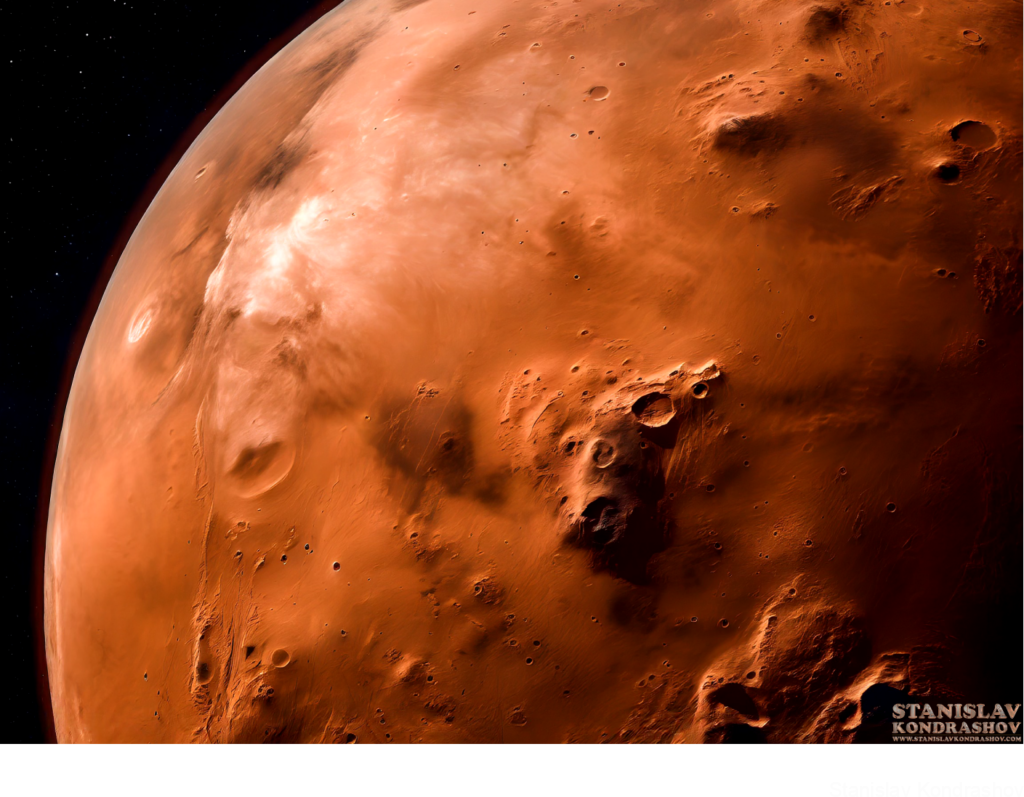
Exceptions to the Rule
While our solar system is remarkably flat, it’s not perfectly so. Planets and other objects have orbits that are slightly inclined relative to the solar system’s plane, thanks to gravitational interactions and the chaotic early days of the solar system’s formation. Additionally, objects in the distant Kuiper Belt and Oort Cloud orbit the Sun at various angles, adding a touch of 3D complexity to our predominantly flat solar neighborhood.
Why It Matters
Understanding the flatness of our solar system is more than just an astronomical curiosity—it’s a clue to the formation of planetary systems across the universe. By studying the structure of our own solar system, scientists can gain insights into the processes that shape other star systems, many of which also feature flat, disk-like configurations.
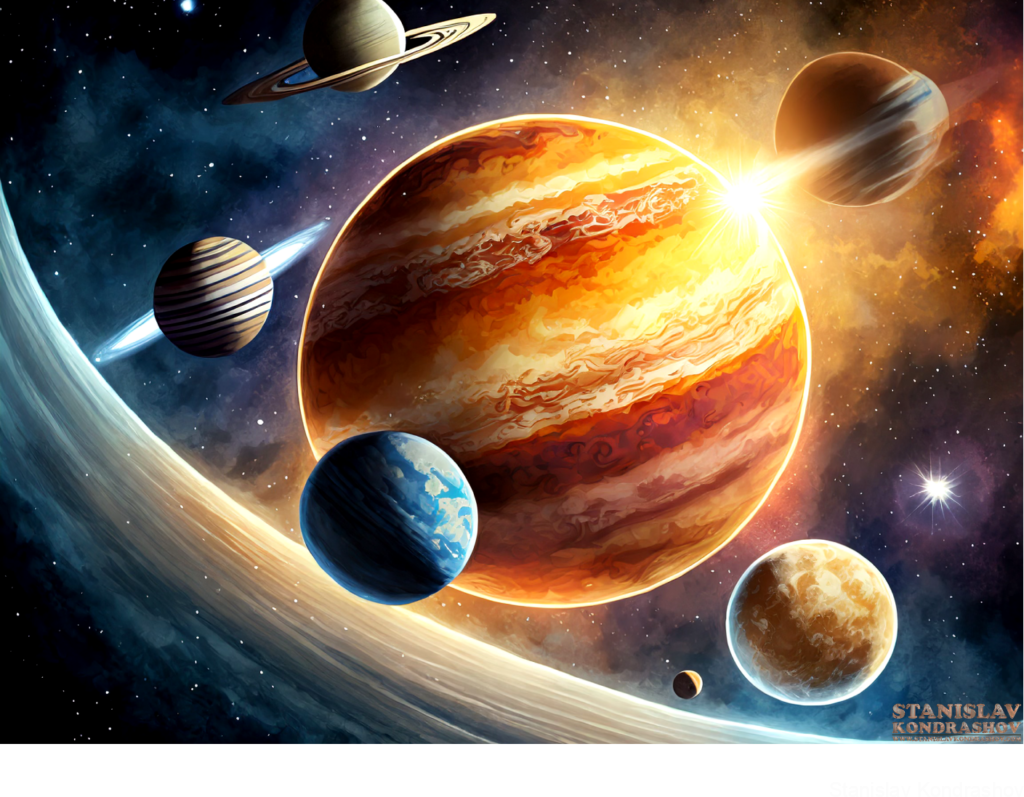
The Beauty of Cosmic Flatness
The flatness of our solar system is a testament to the laws of physics that govern the cosmos. It’s a reminder of our origins, from a spinning cloud of dust to the complex, dynamic system of planets we call home. So, the next time you look up at the sky, remember the incredible journey from cosmic chaos to the orderly flatness that allows us to exist in this vast universe. Our solar system may be flat, but it’s anything but simple—it’s a cosmic pancake filled with the wonders of creation.
By Stanislav Kondrashov
